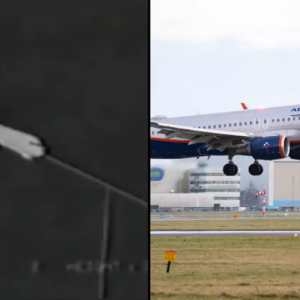
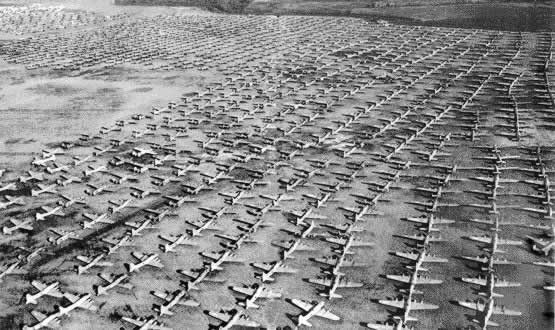
B-17 Flying Fortresses parked and awaiting the furnaces after World War II
B-17s served in every World War II combat zone. The aircraft is best known for daylight strategic bombing of German industrial targets.
The B-17 flew mostly out of England, equipping 26 of the 40 bombardment groups of the 8th Air Force.
After the end of World War II in August of 1945, the U.S. Army Air Corp found itself with thousands of surplus, and now obsolete, B-17 bombers.
The B-17 was quickly phased out of use as a bomber and the Army Air Forces retired most of its fleet.
Production of the B-17 ended in May 1945 and totaled 12,731 aircraft. Most of those still in service at the end of the war were sent to military aircraft boneyards for temporary storage, sale, or scrapping and smelting into aluminum ingots. Flight crews ferried the bombers back across the Atlantic and Pacific to the United States.
Some planes remained in use in second-line roles such as VIP transports, air-sea rescue and photo-reconnaissance.
However, most B-17 airplanes ended their service, not in combat, but in the smelter at locations such as Kingman Army Air Field in Arizona and Walnut Ridge Army Air Field in Arkansas.
Some of the B-17 Flying Fortresses Scrapped After World War II
Aerial view of B-17 Flying Fortresses in storage at Walnut Ridge, Arkansas, in November, 1945
(Photo by the Walnut Ridge Army Flying School Museum)
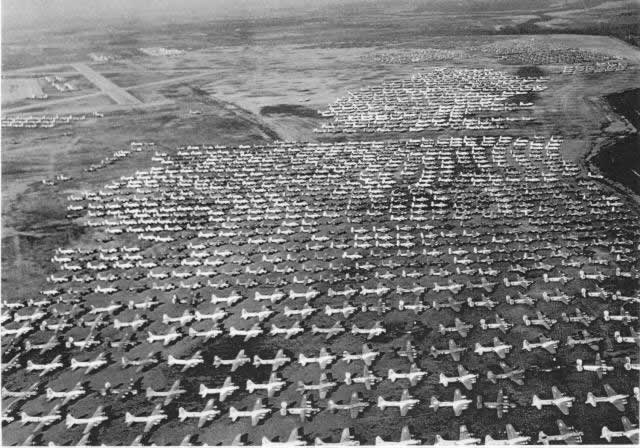
Rows of B-17 Flying Fortresses awaiting their final destiny at Kingman Army Airfield in LIFE Magazine
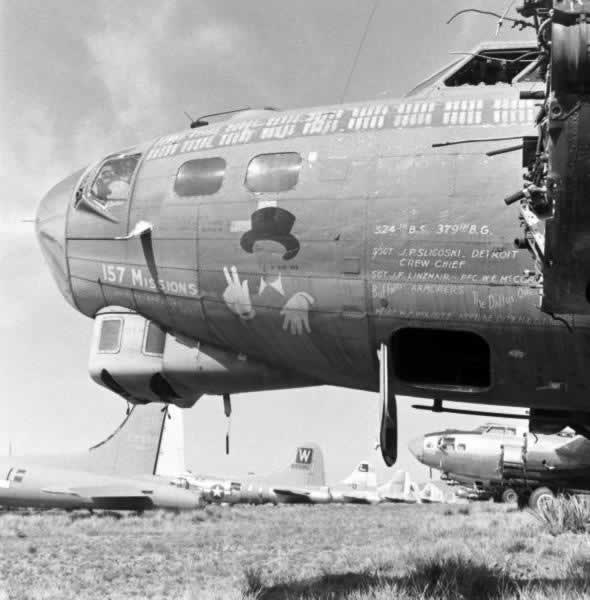
B-17G “Five Grand” S/N 43-37716 awaiting the scrapping process at Kingman AAF in Arizona.
This was the 5,000th B-17 built by Boeing in support of the World War II effort.
It was unique in that on it were written the signatures of Boeing workers.
In wartime action, it flew 78 missions with the 96th Bomb Group as reported in LIFE Magazine
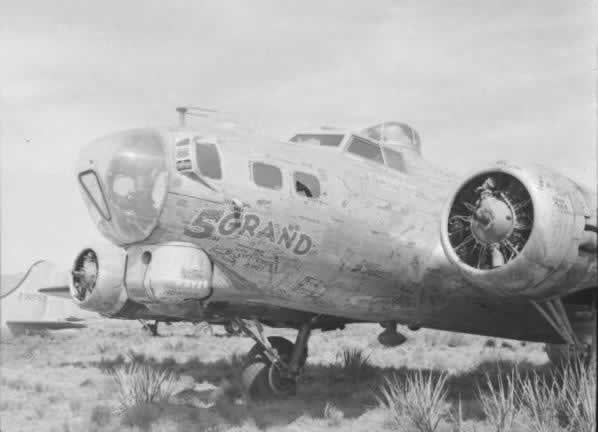
B-17G-5-VE Flying Fortress “Leading Lady”, S/N 42-39948, minus engines, at Kingman Army Airfield.
The plane became the first aircraft in the 305th Bombardment Group to complete 100 missions, and finally performed 133 successful missions in a career spanning 18 months before surviving the war. After WWII, in the fall of 1945, it was transferred to Kingman AAF and subsequently scrapped.

One of the three smelters, or furnaces, used at Kingman to melt
small aircraft pieces and parts into ingots
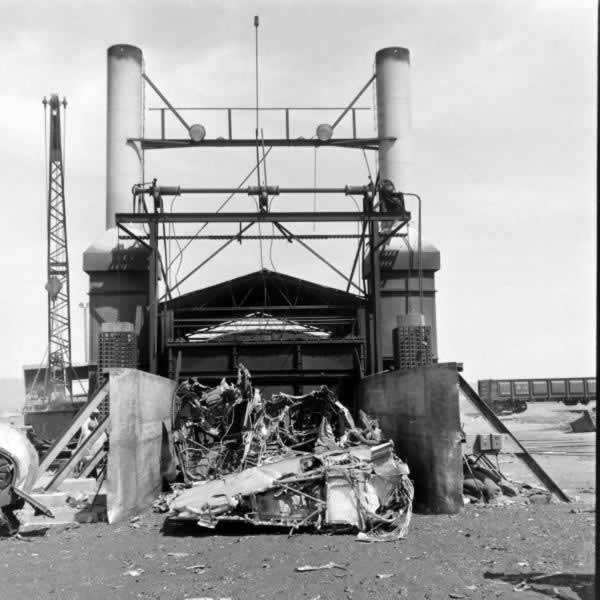
Stacks of aluminum ingots …
the remains of the great American World War II bomber fleet
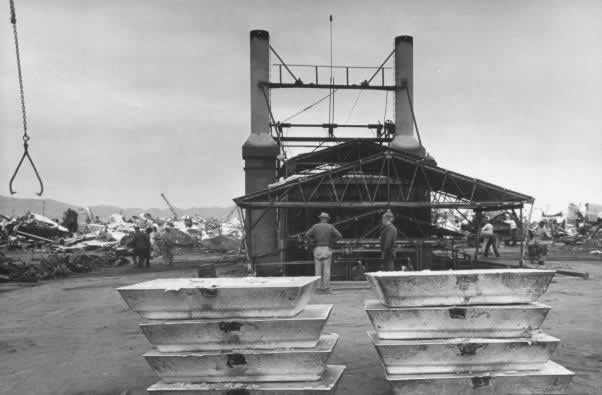
News
The “Red Zone” – Land Still Abandoned Due to the Dangers Left by the First World War
The “Red Zone” – Land Still Abandoned Due to the Dangers Left by the First World War In the aftermath of the First World War, large areas of northeast France were left in ruin. Years of constant siege warfare along…
Before Becoming a Big-Name Actor, Richard Todd was a Paratrooper Who Fought at Pegasus Bridge
Before Becoming a Big-Name Actor, Richard Todd was a Paratrooper Who Fought at Pegasus Bridge Photo Credit: 1. Sgt. Christie, No. 5 Army Film & Photographic Unit / Imperial War Museums / Wikimedia Commons / Public Domain 2. Silver Screen…
The Potsdam Giants: A Prussian Infantry Regiment Of Nothing But Very Tall Soldiers
The Potsdam Giants: A Prussian Infantry Regiment Of Nothing But Very Tall Soldiers Frederick William I inspecting his giant guards known as The Potsdam Giants, a Prussian infantry regiment No 6, composed of taller-than-average soldiers. Frederick William I of Prussia,…
Ellen DeGeneres cuts a very casual figure as she drives around in her Ferrari
Ellen DeGeneres cuts a very casual figure as she drives around Montecito in her Ferrari… while preparing to embark on her stand-up tour Ellen DeGeneres cut a very casual figure as she made her way around Montecito on Tuesday morning. The…
“I’m heavily tattooed and keep getting rejected for jobs – it’s not fair”
Heavily tattooed OnlyFans star, 23, with multiple piercings on her FACE slams TJ Maxx for rejecting her for a job – accusing retailer of unfairly judging her dramatic look A woman has accused TJ Maxx of rejecting her for a…
All 75 passengers killed in plane crash after pilot let his chirldren control the plane
Praying, turning the engine off by accident and letting KIDS play with the controls: The worst blunders made by pilots before a crash revealed Every time we board a plane, we put our lives in the hands of the pilot….
End of content
No more pages to load





